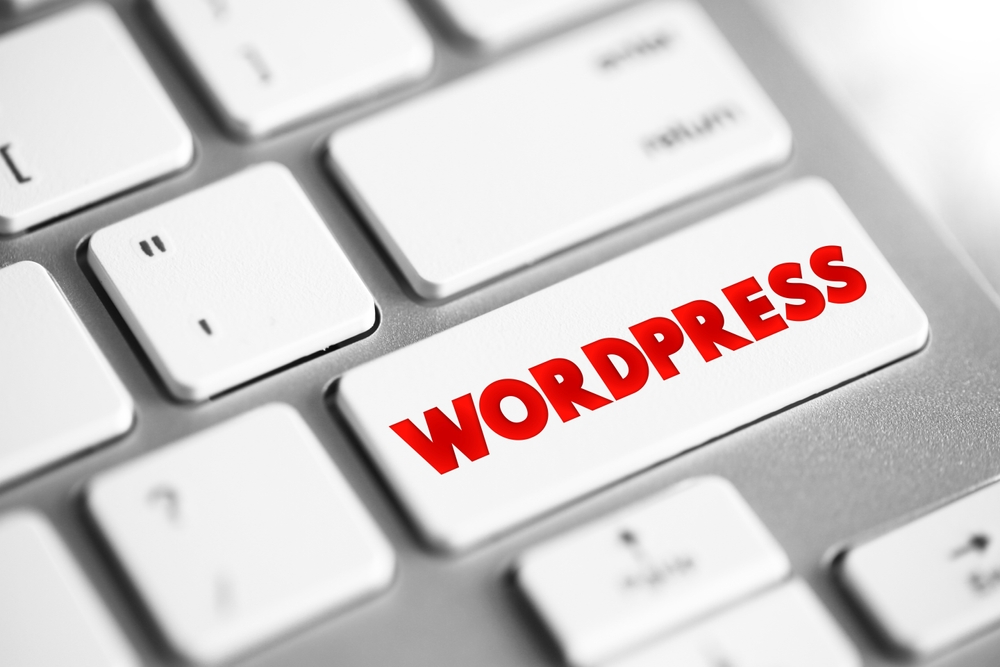
WordPress has revolutionized the way websites are built and managed. With its user-friendly interface and endless customization options, it has become the go-to platform for individuals and businesses alike. However, mastering WordPress customization and maintenance requires some insider tips to ensure your website reaches its full potential. In this article, we will explore some key strategies to help you perfect your WordPress (the blogging platform) website.
Choose the Right Theme
The first step in customizing your WordPress (or WP) website is selecting the right theme. With thousands of options available, it can be overwhelming to choose the perfect one. Start by considering your website's purpose and target audience. Are you creating a portfolio, a blog, or an e-commerce site? Each requires a different theme that aligns with its specific features and functionalities.
Furthermore, it's crucial to choose a responsive theme that looks great on all devices. A large portion of online traffic comes from mobile users, and having a mobile-friendly design is essential for a positive user experience.
Customize Your WordPress Theme
Once you've selected a theme, it's time to customize it to fit your unique style and branding. WordPress (WP) offers various customization options through its built-in Customizer tool. You can easily modify your website's colors, fonts, logo, and background to create a customized look that aligns with your brand identity.
Furthermore, take advantage of the numerous plugins available to enhance your website's functionality. Whether you need social media integration, contact forms, or SEO optimization tools, there is a WordPress plugin for almost everything.
Optimize Your Website's Performance
A slow-loading website can drive visitors away and negatively impact your search engine rankings. To ensure your WordPress website performs at its best, optimization is key. Here are a few ways to improve your site's speed:
Compress and optimize images: Large image files can significantly slow down your website. Before uploading them, compress them using image compression tools or plugins.
Minify CSS and JavaScript: Reduce the file sizes of your CSS and JavaScript codes by eliminating unnecessary characters and white spaces. This can be done through plugins or manual code optimization techniques.
Enable caching: Caching stores a static version of your website, allowing faster loading times for returning visitors. Use a caching plugin to enable this feature.
Choose a reliable hosting provider: A good hosting provider ensures your website is hosted on fast servers and offers reliable uptime.
Regularly Update WordPress Core and Plugins
WordPress regularly releases updates, including bug fixes, security patches, and new features. It's important to keep your website up to date by regularly updating both the WordPress (the platform for bloggers) core and your installed plugins.
Outdated versions can leave your website vulnerable to security breaches and may result in compatibility issues. Set aside dedicated time to perform these updates or consider using a plugin that automates the update process.
Backup Your Website Regularly
Accidents happen, and in the worst-case scenario, you may lose your website's data. To avoid this nightmare, it is crucial to regularly backup your WordPress website.
Various backup plugins are available that allow you to automate the backup process. You can schedule regular backups and store them securely either in cloud storage or on your local machine. This way, you can easily restore your website if anything goes wrong.
Frequently Asked Questions
1. How do I install WordPress?
WordPress installation is a straightforward process. Most hosting providers offer one-click WordPress installation. Simply log in to your hosting account, navigate to the control panel, and locate the WordPress installation option. Follow the provided instructions, and you'll have WordPress installed in no time.
2. Can I customize the design of my WordPress website?
Absolutely! WordPress is highly customizable, allowing you to modify your website's design to meet your specific needs. You can easily change themes, customize colors, fonts, and layouts, and even add custom CSS to achieve the desired look.
3. Are there any SEO plugins available for WordPress?
Yes, there are several SEO plugins available for WordPress, such as Yoast SEO and All in One SEO Pack. These plugins provide comprehensive tools to optimize your website for search engines, including keyword analysis, XML sitemap generation, and meta tag optimization.
4. How often should I update WordPress and plugins?
It is recommended to update WordPress and plugins as soon as updates become available. WordPress updates often include bug fixes and security patches, ensuring your website remains protected. Regularly updating plugins is equally important to maintain compatibility and take advantage of new features.
5. Can I revert back to an older version of WordPress?
In most cases, it is not recommended to revert back to an older version of WordPress. Updates typically improve functionality, security, and performance. However, if you experience compatibility issues or encounter major problems after an update, you can restore a previous backup to revert your website to its previous state.
Mastering WordPress customization and maintenance may take time and practice, but it's worth the effort. By carefully selecting the right theme, customizing it to your liking, optimizing your website's performance, and ensuring regular updates and backups, you can create a stunning website that engages visitors and achieves your goals.
Other useful resources
- https://www.wordpress24plus.com/wordpress-tools-directory/wordpress-plugins/
- https://www.wordpress24plus.com/services/wordpress-development/
- https://en.wikipedia.org/wiki/WordPress